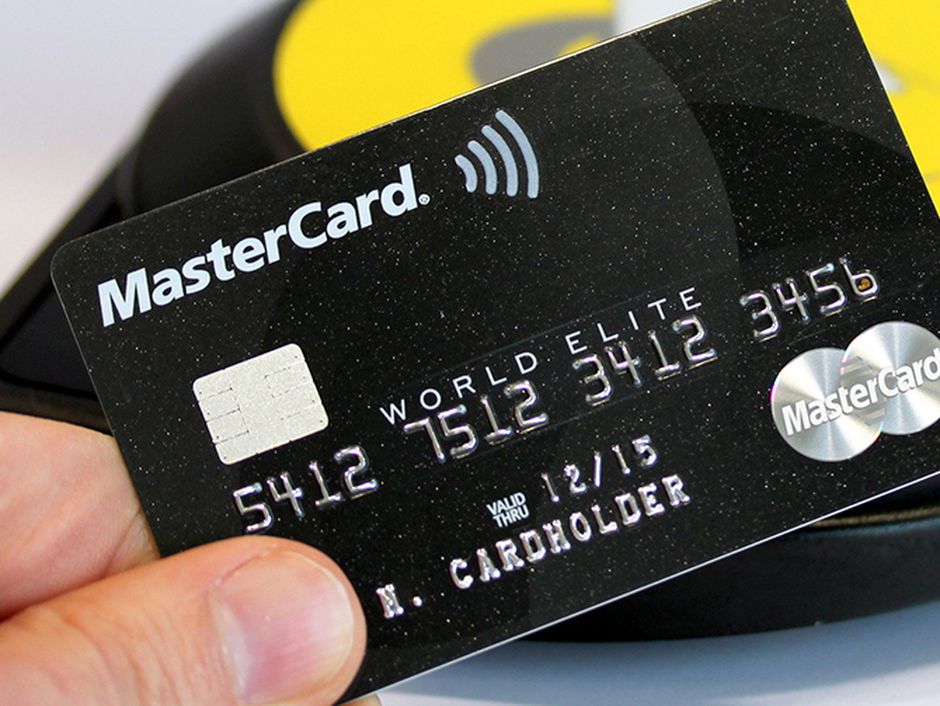Credit card number is commonly called CVV number. It’s a 3 or 4 digit code on the back of your credit card that appears after the credit card account number and before the signature box. Card Verification Value (CVV) was introduced to fight online fraud effectively.
International Card Association (ICA), which includes MasterCard, Visa, etc. introduced this unique 3 or 4 digit code in 1997 to counter the growing online frauds. The sole purpose of a CVV number is to make sure that you possess your card while placing an order at a website.
How Does CVV Work?
When you are about to purchase anything from an online store, the merchant will ask you for your CVV number. This is done to check whether you are using the card for shopping or not. If online fraudsters try to purchase anything by copying your credit card this code will make sure that they don’t get through.
If the website doesn’t request for this code it means they are not following guidelines set by ICA and it’s better to stay away from such websites.
CVV and eCommerce:
When you want to shop online, most of the popular shopping carts will require this code for an added layer of security. If you do not enter them or if your card issuer does not issue CVVs then you may end up getting declined for your shopping order.
CVV is also required when you are using your credit card through an ATM machine for cash withdrawal or to check your balance. Banks will never ask you to provide the CVV number for any of these purposes. It’s safe to say that whenever you are asked for this code it’s meant to protect against online frauds.
CVV and Credit Cards:
The CVV number is printed on the back side of your credit card. The first three digits are the same as your credit card account number and the last digit is a security code. American Express cards have four-digit numbers which begin with “4” whereas Visa, MasterCard and Discover card numbers begin with “3”.
CVV for Online Payments:
You need to enter the 3 or 4 digit code at the time of making payments online. Some sellers may request for this number before you place an order and some may ask as you checkout your order. This is a necessary security measure that protects both buyer and seller against online frauds.
CVV for ATM, Debit and Check Cards:
CVV is not applicable at ATMs or when you are using your debit card to check your account balance. Banks will never require this code for any transactions made in these two cases. It’s only applicable when you use your credit card to shop online.
CVV and International Orders:
International orders require this code because your credit card issuer may not support CVV as a security measure. So, to keep you safe from online frauds, merchants request for this number at the time of checkout. You can place an international order by providing your billing address if it matches with the one mentioned on your credit card or you can call your credit card issuer to open an international merchant account.
The purpose of CVV code is not only for internet transactions but to ensure that the person using the card is indeed you. You should always keep your CVV secure and away from prying eyes because if it falls into wrong hands, anyone could make online purchases with your card number. You can also contact your credit card issuer to ask for additional security measures if you are concerned about the safety of your identity at internet shops.
Read more interesting articles.

